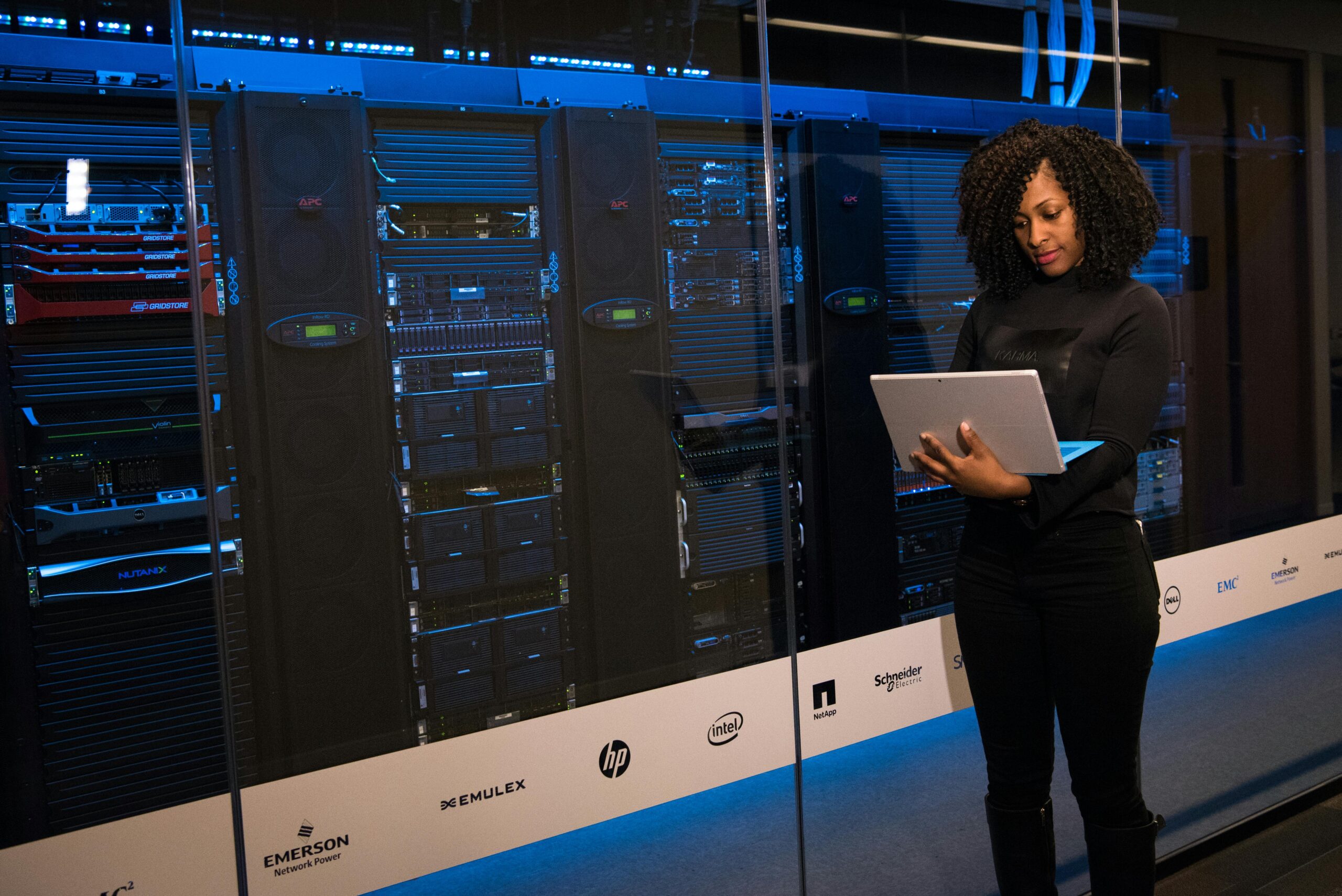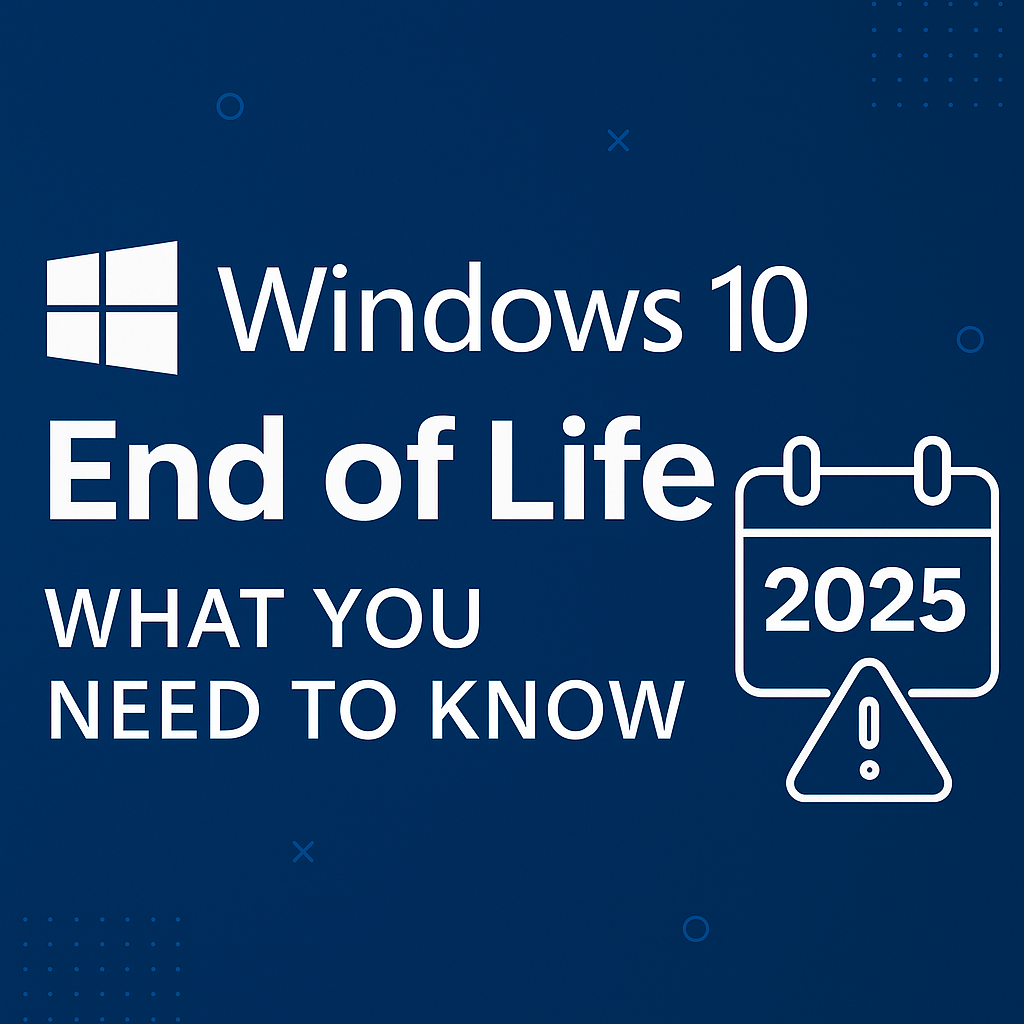AMD’s RX 5700 and RX 580 represent different generations of mid-range GPUs, with the 5700 XT offering significant performance improvements. The RX 5700 XT, based on the newer RDNA architecture, boasts higher clock speeds, reaching up to 1905 MHz boost clock. It outperforms the older RX 580 in various benchmarks, providing better frame rates and overall graphics quality.
Understanding the differences between these GPUs is crucial for both gamers and content creators. The RX 5700 XT’s superior performance in gaming and productivity tasks makes it a more versatile choice for those seeking higher frame rates, better 1440p gaming experiences, and improved rendering capabilities.
Selecting the appropriate GPU significantly impacts system performance, graphics quality, and overall capabilities. While some data may be unknown or vary based on specific use cases, the RX 5700 XT generally offers better future-proofing and performance across a wide range of applications compared to the RX 580.
Understanding the Basics of RX 5700 and RX 580
The AMD Radeon RX 580 was released on April 18, 2017, based on the GCN 4.0 architecture and 14nm manufacturing process. Two years later, on July 7, 2019, AMD launched the RX 5700, featuring the newer RDNA 1.0 architecture and a more advanced 7nm process. This technological leap allowed for significant improvements in performance and efficiency.
The RX 580 targeted budget-conscious gamers, launching at $229 MSRP. It offered solid 1080p gaming performance at an affordable price point. In contrast, the RX 5700 is aimed at high-performance seekers, with a higher $349 MSRP. It delivered superior performance, particularly at 1440p resolution, catering to enthusiasts demanding better frame rates and visual quality in modern games.
Core Specifications Comparison
The RX 5700 utilizes AMD’s RDNA architecture, built on a 7nm process, while the RX 580 uses the older GCN 4.0 (Polaris) architecture on 14nm. RDNA introduces significant improvements, including wave execution, wider SIMD units, and a new cache hierarchy. These changes result in higher IPC, lower latency, and better efficiency compared to GCN.
The RX 5700 features a higher base and boost clock speeds than the RX 580, thanks to its more advanced architecture and manufacturing process. This typically translates to better overclocking potential for the RX 5700.
The RX 5700 employs GDDR6 memory with 448 GB/s bandwidth, while the RX 580 uses GDDR5 with 256 GB/s. This significant increase in bandwidth, combined with architectural improvements, contributes to the RX 5700’s superior performance.
Despite its higher performance, the RX 5700’s 7nm process and RDNA architecture improvements result in better power efficiency compared to the RX 580’s 14nm Polaris design.
Performance Analysis in Gaming
1080p Gaming Performance
At 1080p, both GPUs offer solid performance, but the RX 5700 consistently outperforms the RX 580. In popular titles, the RX 5700 typically delivers 20-30% higher frame rates, allowing for smoother gameplay and higher graphics settings.
1440p Gaming Performance
The RX 5700 truly shines at 1440p, maintaining playable frame rates with high settings in most modern games. The RX 580 struggles at this resolution, often requiring significant graphical compromises to achieve smooth gameplay.
VR Gaming and Future-Proofing
While both GPUs support VR, the RX 5700’s superior performance makes it more suitable for demanding VR titles. Its newer architecture also provides better future-proofing for upcoming games.
Gaming Benchmark Scores
Across various genres, the RX 5700 consistently outperforms the RX 580. In FPS games, the performance gap is particularly noticeable, while in less demanding strategy titles, the difference may be less pronounced.
Productivity and Content Creation Performance
Rendering and Video Editing
The RX 5700 significantly outperforms the RX 580 in rendering and video editing tasks. In software like Adobe Premiere Pro and DaVinci Resolve, the RX 5700’s newer RDNA architecture and higher compute power result in faster rendering times and smoother real-time playback.
3D Modeling and Animation
For 3D work, the RX 5700 offers superior performance. In Blender, it’s approximately 40% faster than the GTX 1070, which itself outperforms the RX 580. This translates to quicker viewport interactions and faster render times in CAD software and 3D animation tools.
Performance in Multitasking and High-Load Scenarios
The RX 5700’s improved architecture and higher VRAM bandwidth allow it to handle complex workflows and multitasking more efficiently than the RX 580. It maintains better performance under high-load scenarios, making it more suitable for professionals working with demanding applications simultaneously.
Cooling and Noise Levels
Default Cooling Solutions
The RX 5700 reference design features a blower-style cooler, which is generally adequate but can run hot under load. The RX 580 typically comes with an open-air cooler, offering better thermal performance out of the box.
Third-Party Cooling Options
Both GPUs benefit from aftermarket cooling solutions. Custom RX 5700 models with dual or triple-fan designs significantly improve thermal performance and overclocking potential. Similarly, premium RX 580 variants with enhanced cooling can maintain higher boost clocks.
Noise Levels During High Loads
Under high loads, the reference RX 5700 tends to be louder due to its blower-style fan. Custom models address this issue effectively. The RX 580, with its open-air cooler, generally maintains lower noise levels, especially in custom designs with larger heatsinks and multiple fans.
Compatibility and System Requirements
System Power Requirements and PSU Recommendations
The RX 5700 typically requires a 600W PSU, while the RX 580 needs at least a 500W unit. For optimal performance and future-proofing, it’s recommended to use a 650W PSU for the RX 5700 and a 550W for the RX 580.
Motherboard and Space Compatibility
Both GPUs use PCIe x16 slots, but the RX 5700 may require more space due to its larger cooler. The RX 5700 uses an 8-pin + 6-pin power connector, while the RX 580 typically uses a single 8-pin connector.
Driver and Software Support
The RX 5700, being newer, benefits from more recent driver optimizations and features like Radeon Image Sharpening. The RX 580, while still supported, may see fewer performance improvements through driver updates. Both GPUs are compatible with AMD’s Radeon Software, offering various gaming and streaming features.
Software and Feature Support
AMD Radeon Software and Features
Both the RX 5700 and RX 580 are supported by AMD’s Radeon Software Adrenalin Edition, offering features like game optimization, performance monitoring, and driver updates. The RX 5700, being newer, benefits from more recent optimizations and features like Radeon Image Sharpening.
FidelityFX, FreeSync, and Anti-Lag Features
Both GPUs support AMD FreeSync for smoother gameplay and Radeon Anti-Lag for reduced input latency24. The RX 5700 offers enhanced performance with features like Radeon Boost and Radeon Image Sharpening.
Ray Tracing and DirectX 12 Support
While both GPUs support DirectX 12, the RX 5700 offers better performance in DX12 titles. However, neither GPU supports hardware-accelerated ray tracing, which is a feature introduced in later RDNA 2 architecture GPUs.
Cost and Value for Money
The RX 5700 launched at $349 MSRP, while the RX 580 debuted at $229. Current market prices may vary due to availability and demand. The RX 5700 consistently outperforms the RX 580, offering 63% better performance overall.
In terms of price-to-performance ratio, the RX 5700 provides 140% better value for money compared to the RX 5801. This significant difference in value is attributed to the RX 5700’s superior architecture and performance capabilities.
Availability can fluctuate, with the older RX 580 potentially being harder to find new. However, the RX 5700’s better performance and efficiency make it a more attractive option for those seeking long-term value, despite its higher initial cost. The RX 5700’s newer technology also ensures better compatibility with modern games and applications.
Suitability for Different User Needs
Best Choice for Casual Gamers
The RX 580 remains a solid option for casual gamers on a budget, offering good 1080p performance in most titles. It’s suitable for those who play less demanding games or are willing to compromise on graphics settings for smoother gameplay.
Best Choice for Enthusiast Gamers and Streamers
The RX 5700 is clearly superior for enthusiast gamers and streamers. Its higher performance allows for better frame rates at 1440p, smoother gameplay in demanding titles, and improved streaming capabilities. The newer architecture also provides better longevity for future game releases.
Best Choice for Professional Content Creators
For professional content creators, the RX 5700 is the better choice. Its superior compute performance, higher VRAM bandwidth, and newer architecture translate to faster rendering times in video editing software and improved performance in 3D modeling applications. The extra power is particularly beneficial for complex workflows and multitasking scenarios common in content creation.
Comparative Analysis of User Reviews and Feedback
General User Satisfaction
RX 5700 users generally report higher satisfaction due to its superior performance and efficiency. RX 580 owners appreciate its value for money, especially for 1080p gaming. Both GPUs receive positive feedback for their reliability.
Common Praises and Complaints
RX 5700 users praise its excellent 1440p performance and power efficiency. Common complaints include initial driver issues, though these have largely been resolved. RX 580 owners commend its solid 1080p performance and affordability but note higher power consumption and heat output.
Reliability and Long-Term Performance
Both GPUs are considered reliable, with few reports of long-term issues. The RX 5700’s newer architecture provides better future-proofing, maintaining strong performance in recent games. RX 580 users report consistent performance over time, though it may struggle with the latest, most demanding titles. Overall, both GPUs demonstrate good longevity, with the RX 5700 having a slight edge in maintaining relevance.
Future-Proofing and Upgrade Potential
The RX 5700 offers better future-proofing due to its newer RDNA architecture and superior performance. It’s expected to remain viable for 1440p gaming in upcoming titles for the next few years. The RX 580, while still capable, may struggle with future AAA games at high settings.
The RX 5700’s more advanced feature set, including improved DirectX 12 support, positions it better for emerging technologies. However, neither GPU supports hardware-accelerated ray tracing, a feature becoming more prevalent in modern games.
Within AMD’s ecosystem, the RX 5700 provides a smoother upgrade path to newer RDNA 2 or RDNA 3 GPUs, maintaining compatibility with recent driver optimizations and features. The RX 580, being older, may see diminishing support in future driver updates, potentially limiting its longevity.
Summary
The AMD Radeon RX 5700 significantly outperforms the Radeon RX 580 in various tests, offering up to 63% better overall performance. The RX 5700 features newer RDNA architecture, a 7nm manufacturing process, and GDDR6 memory, resulting in higher clock speeds and improved power efficiency. It excels in 1440p gaming, while the RX 580 is more suited for 1080p resolution.
When we compare the Radeon RX 5700 vs Radeon RX 580, the RX 5700 emerges as the superior choice for most users. It offers better performance across a wide range of games and applications, improved power efficiency, and better future-proofing. While the RX 580 remains a viable option for budget-conscious 1080p gamers, the RX 5700’s advantages in performance, efficiency, and longevity make it the recommended choice for those seeking a more powerful and future-proof GPU.
Factors such as display resolution, graphics card, transistors, game settings, and specific use cases should be considered when making a decision. For users with 1440p displays or those who prioritize higher frame rates and better graphics quality, the RX 5700 is clearly the better option.
However, for those with 1080p displays and more modest gaming needs, the RX 580 may still be a suitable choice, especially if found at a significantly lower price.
Maximize Your Gaming Experience!
Ready to upgrade your GPU? Contact Exit Technologies today and discover how we can help you find the perfect solution for your gaming needs!



